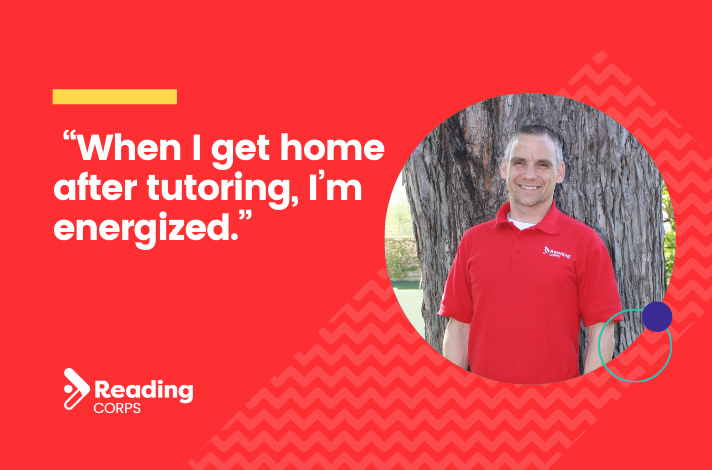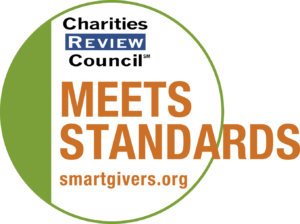BY LIZ WESTON
(Reuters) – When P.K. Drago graduated from George Washington University in 2009 at the peak of the Great Recession with $40,000 in student loan debt, she decided to do volunteer work.
“It was not a good time” to get a job, the 26-year-old now says, and so she joined AmeriCorps, a volunteer organization that is essentially the domestic analog of the Peace Corps.
While working for AmeriCorps, she stocked shelves at a Los Angeles food bank, mucked out stalls at a therapeutic horse-riding camp near Sacramento and helped remediate mold in New Orleans.
She picked up experience that eventually helped her qualify for her current job as a paid, full-time volunteer coordinator for Habitat for Humanity in Washington, D.C.
And she earned an extra “bonus” benefit: AmeriCorps gave her about $10,000 in education awards that she could use to pay off her college loans.
For graduates and others saddled with student loan debt, AmeriCorps is one of many programs that offer grants, cancellation or forgiveness that can reduce the burden. Many are particularly helpful for graduates who work in low-paying fields or do volunteer work.
One such program, Income-Based Repayment (IBR), recently received a big publicity push from the U.S. Department of Education after complaints that too few borrowers knew about it and that applying was difficult.
Under IBR, approved by Congress in 2007, payments of federal student loans are capped at 15 percent of “discretionary income,” defined as the amount over 150 percent of poverty levels for a borrower’s household size.
In practice, payments are usually less than 10 percent of gross income, said Mark Kantrowitz of Edvisors Network. Any remaining balances are forgiven after 10 years of payments if a debtor has a public service job, or after 25 years otherwise.
A more recent variation of IBR is known as “Pay as You Earn.” This program limits payments to 10 percent of discretionary income and offers forgiveness after 20 years of payments. Pay as You Earn is available for loans made under the federal Direct Loan program after October 1, 2011.
After President Barack Obama released a memorandum last year fretting that “too few borrowers are aware of the options available to them,” the Education Department streamlined the application process and sent emails to more than 3 million borrowers to publicize the existence of these programs.
RELATIVELY EASY, READERS SAY
Several readers wrote on my Facebook page that they found qualifying for IBR to be relatively easy.
“I had no trouble,” wrote Clint Lyle of Nashville, Tennessee. “Downloaded the form, filled it out, attached a couple recent pay stubs, and voila! In three weeks I had a very affordable payment. It’s a truly wonderful program.”
Yet many overburdened borrowers are still in the dark about the program, said Persis Yu, staff attorney for the National Center for Consumer Law, which runs the Student Loan Borrower Assistance site.
“I’m still working with people who don’t know that it exists,” Yu said.
Other programs tie reductions in student loan debt to volunteer or military service or to jobs teaching, practicing law or providing healthcare in high-need areas.
Those who teach in a low-income elementary or secondary school for five consecutive years, for example, may be eligible to have up to $17,500 in federal student loan forgiveness. Loan repayment assistance programs, available from schools, employers, states and the federal government, help lawyers make their payments. The Equal Justice Works site (www.equaljusticeworks.org) offers information.
Doctors and nurses can get loan forgiveness if they work in areas that lack adequate medical care through the National Health Service Corps and the Nursing Education Loan Repayment Program. The National Institutes of Health’s NIH Loan Repayment Programs, meanwhile, repay up to $35,000 per year of student loan debt for people pursuing careers in biomedical, behavioral, social and clinical research.
The federal government allows its agencies to use student loan repayment as a recruiting tool. Not all do, but the Department of Defense is one agency that has embraced the federal student loan repayment program, which pays $10,000 a year in student loan debt for employees who commit to a three-year contract.
Those who may not want to commit for three years can still get benefits by volunteering. AmeriCorps’ education awards, for example, are given after volunteers complete their 10- to 12-month stints. The amount is equal to the size of Pell Grants for the award year, which currently is $5,550, and volunteers can earn a maximum of two awards. Volunteers also can qualify for loan deferral and the National Service Trust will pay accumulated interest, a benefit that in Drago’s case amounted to more than $2,000.
Drago used one of her awards to pay down her Stafford student loans and plans to use the other for further education.
“I’m hoping to go to graduate school in the next five years, and some schools will match the value” of AmeriCorps grants, Drago said. “It’s a great program.”
(The author is Reuters columnist. The opinions expressed are her own.)
(Editing by Linda Stern and Steve Orlofsky)
http://www.reuters.com/article/2013/12/30/us-column-weston-debt-idUSBRE9BT0EF20131230





